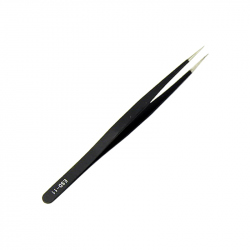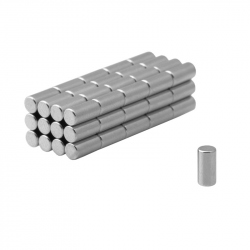Dupa plasarea solicitării de comandă, in sectiunea Istoric puteti vedea cate solicitări de comandă mai avem de procesat inaintea dumneavoastra
Program de lucru: Luni - Vineri 9:00 - 18:00, pauza 13:00 - 14:00.
Se efectueaza lucrari de mentenanta la site si pot aparea erori. In cazul in care intampinati erori va rugam sa reincercati mai tarziu.
Ridicarea personala este disponibila pentru comenzile achitate in avans. Se pot ridica dupa ce sunt pregatite.
Niciun produs
 Mărește
Mărește
Potentiometru sensibil la apasare, banda de 4" x 0.4", cu lungime customizabila
0104110000065674
Produs nou
Potentiometru sensibil la apasare, banda de 4" x 0.4", cu lungime customizabila
Acest produs nu mai este in stoc
- Scrie o recenzie
- Elimina acest produs din lista mea de favorite.
- Adauga acest produs la lista mea de favorite.
- Imprimă
Informații
Potentiometru sensibil la apasare, banda de 4" x 0.4", cu lungime customizabila
Recenzii
Clienții care au cumpărat acest produs au mai cumpărat:
-

Bandă de...
Bandă de Poliamidă Rezistentă la Căldură pentru...
$14.40
-

Senzor de...
Senzor de Obstacole prin Contact
$3.60
-

Pensetă...
Aceste pensete drepte sunt fabricate din oțel...
$0.76
-

Dispozitiv...
Dispozitiv de cuplaj pentru servomotoare.
$0.60
-

Penseta...
Penseta curbata ideala pentru proiectele...
$0.96
-

Magnet Disc...
Magnet Disc din Neodim 3x6 mm N38 Pentru mai...
$0.38
-

Motor Pololu...
Motor Pololu cu Reductor Metalic 20.4:1 și...
$38.16
-

Cablu de...
Cablu de Retea, Ultra Plat, CAT6, Albastru 3 m
$1.91
-

Modul Senzor...
U-shaped photoelectric sensor module that can...
$2.04
-

Magnet Disc...
Neodymium disc magnet 4x3 thick N38 Pentru mai...
$0.36









